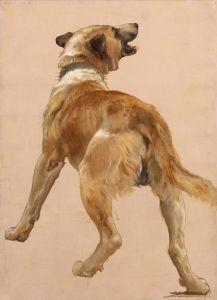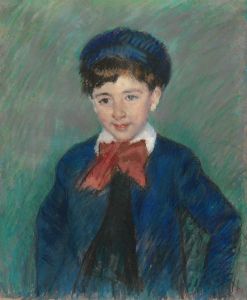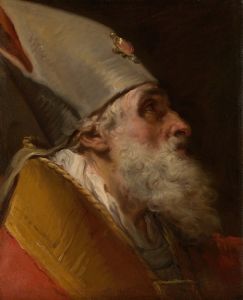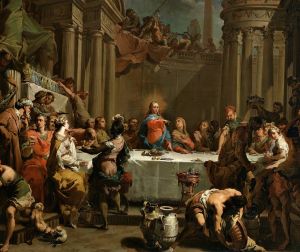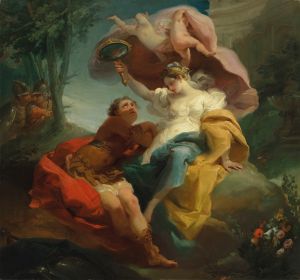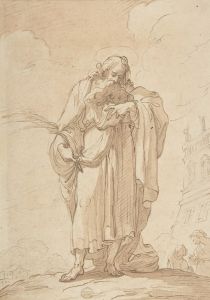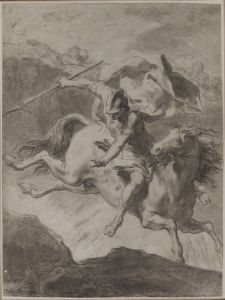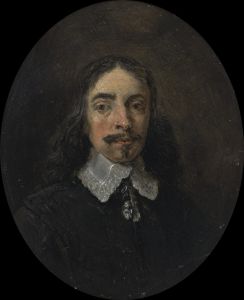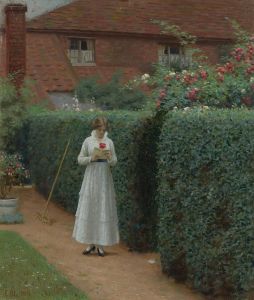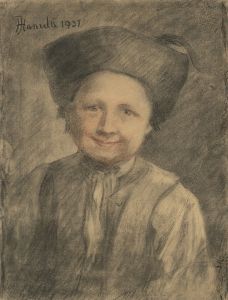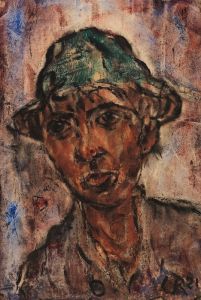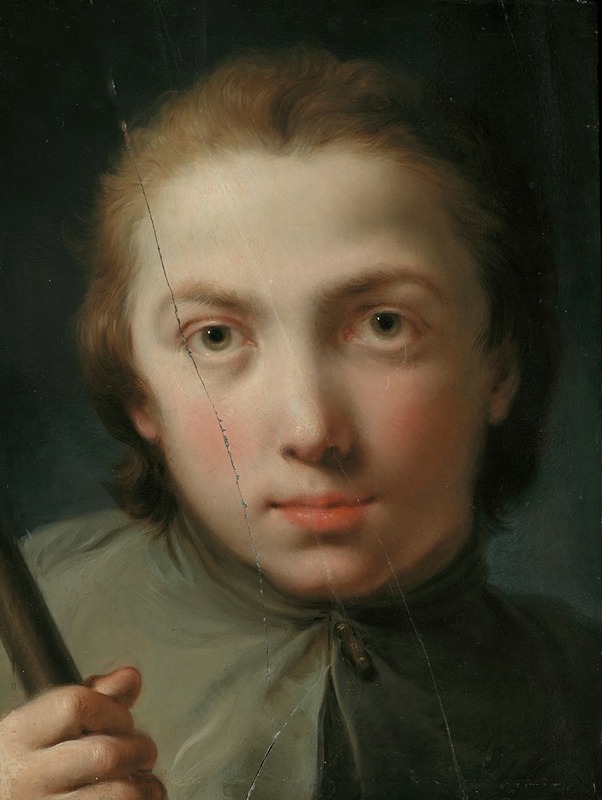
Head of a Boy
A hand-painted replica of Gaetano Gandolfi’s masterpiece Head of a Boy, meticulously crafted by professional artists to capture the true essence of the original. Each piece is created with museum-quality canvas and rare mineral pigments, carefully painted by experienced artists with delicate brushstrokes and rich, layered colors to perfectly recreate the texture of the original artwork. Unlike machine-printed reproductions, this hand-painted version brings the painting to life, infused with the artist’s emotions and skill in every stroke. Whether for personal collection or home decoration, it instantly elevates the artistic atmosphere of any space.
Gaetano Gandolfi (1734–1802) was an Italian painter and draughtsman, renowned for his contributions to the late Baroque and early Neoclassical periods. He was part of the prolific Gandolfi family of artists, which included his brother Ubaldo and son Mauro. Gaetano's works are celebrated for their dynamic compositions, vibrant colors, and expressive figures, often drawing inspiration from the Bolognese School and the grand traditions of Italian painting.
"Head of a Boy" is one of Gaetano Gandolfi's notable works, exemplifying his skill in capturing human expression and character. Although specific details about this painting are limited, it is consistent with Gandolfi's broader oeuvre, which often focused on religious, mythological, and genre subjects. His portraits and studies, such as "Head of a Boy," demonstrate his keen ability to render the subtleties of human emotion and the delicate play of light and shadow on the human face.
Gandolfi's training began in Bologna, where he studied under the guidance of prominent artists of the time. His education was deeply rooted in the traditions of the Bolognese School, which emphasized drawing and the study of classical antiquity. This foundation is evident in his works, where his mastery of form and anatomy is apparent. Gandolfi's style evolved over the years, incorporating elements of the emerging Neoclassical movement while maintaining the dramatic flair characteristic of the Baroque.
"Head of a Boy" likely served as a study or preparatory work, a common practice among artists seeking to refine their techniques or explore new ideas. Such studies were crucial for artists like Gandolfi, who sought to perfect their portrayal of human subjects. The painting captures the innocence and curiosity of youth, with the boy's features rendered with a softness and attention to detail that highlight Gandolfi's technical prowess.
Throughout his career, Gaetano Gandolfi received numerous commissions for altarpieces, frescoes, and portraits, establishing himself as a leading figure in the artistic community of Bologna and beyond. His works can be found in various churches, palaces, and museums, where they continue to be appreciated for their artistic merit and historical significance.
While "Head of a Boy" may not be as widely recognized as some of Gandolfi's larger compositions, it remains an important example of his ability to convey emotion and character through portraiture. The painting reflects the broader trends of 18th-century Italian art, where a renewed interest in classical ideals and humanism began to shape artistic expression.
In summary, Gaetano Gandolfi's "Head of a Boy" is a testament to his skill as a portraitist and his contribution to the artistic landscape of his time. The painting encapsulates the essence of Gandolfi's style, characterized by its expressive detail and harmonious composition. Though specific information about this particular work is limited, it remains an integral part of Gandolfi's legacy, illustrating his enduring influence on the art world.





